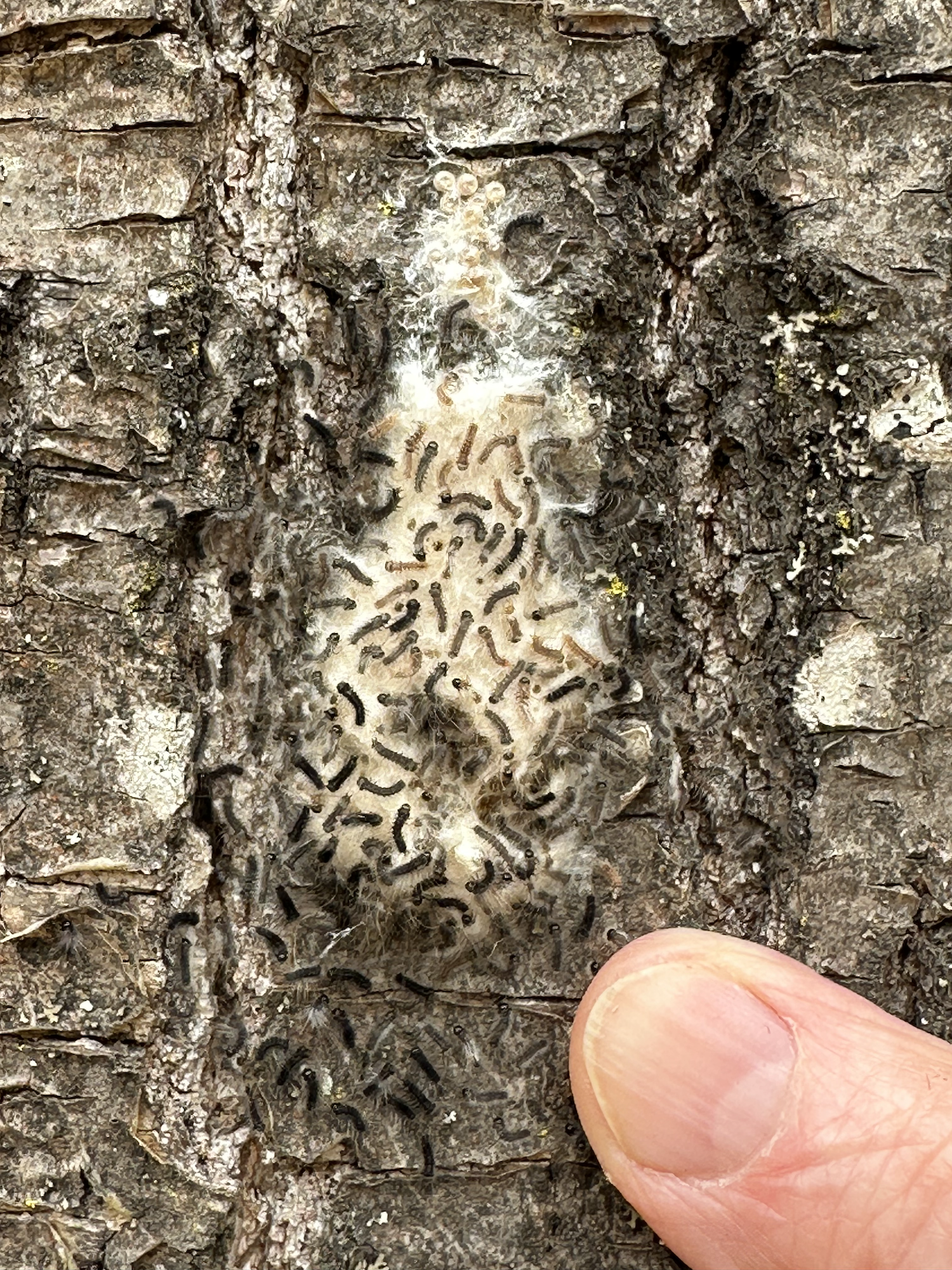By Erik R Olson, Associate Professor of Natural Resources, Northland College
We have had a long winter, and mosquito season is just around the corner. Last summer our research team, myself and my two research assistants, Sydni Bennette and Bridget Stroede, set out to install camera traps for the Wild Madeline Revival Project. Despite clouds of mosquitos chasing us through the woods, high humidity, and a good thunderstorm, we were able to install all the camera traps over a two-day window. We bushwhacked, sprayed plenty of mosquito repellent, ate food around a campfire in Big Bay State Park, enjoyed a sunset on the beach, bird watched, waded through wetlands, and used a road bike and van to shuttle ourselves between sites. While checking one camera, I saw a coyote busting through marshland vegetation with a gosling in its mouth — explaining the racket of honks I had heard only moments prior. The coyote ran within 30 yards of us, mouth full of gosling. Surprised by my presence it bolted deeper into the marsh. We definitely had an adventure.
Read More


































